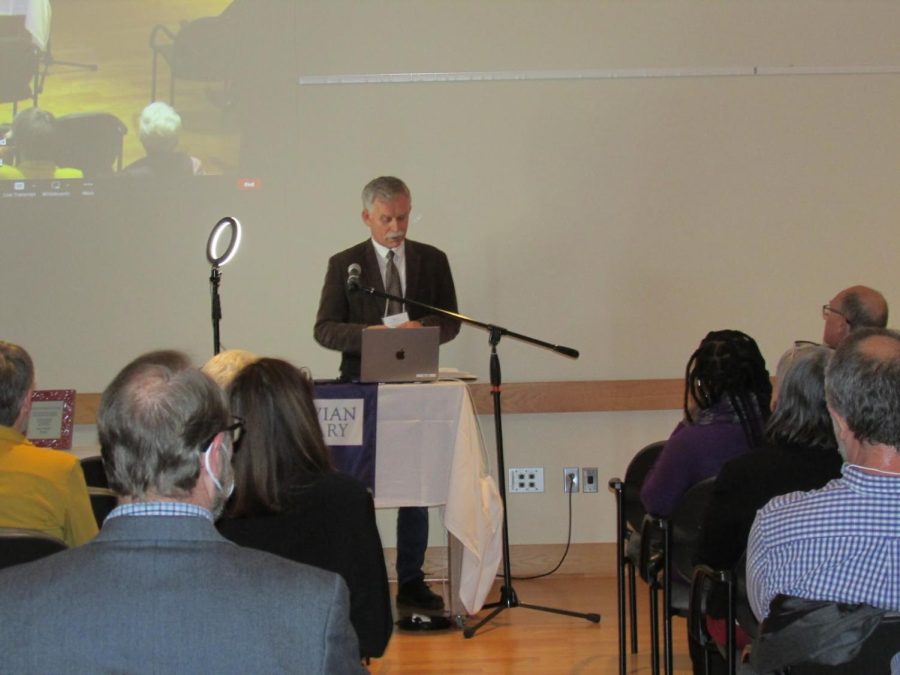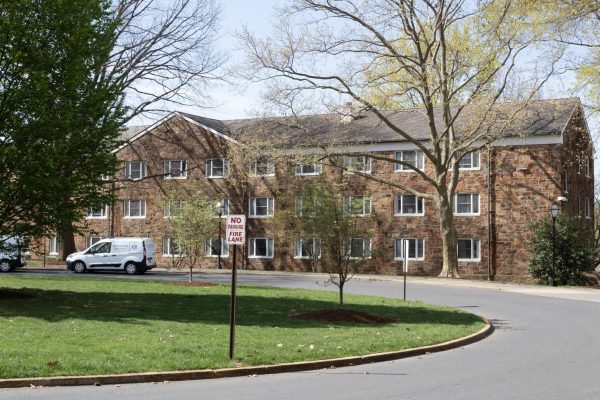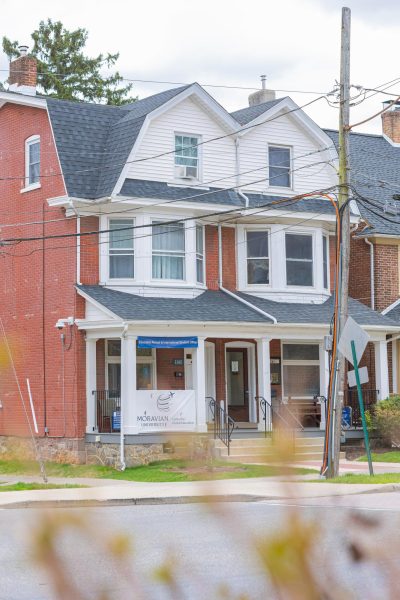Moravian Symposium on Race, Slavery, and Land Examines History of Black Moravian Minister
One of the most prevalent issues that historians have contended with in recent years has been that of race.
Unlike wars, literary movements, or scientific developments, the stories of race are much less cut and dry. While historians may find what could be considered the beginning of “race” there is no distinct ending to it. Instead, historians trace how our understanding of race has evolved over time in the hopes that they can see how it affects our daily lives.
A recent effort to do that took place in our own backyard on November 5 and 6, when Moravian University hosted the symposium “Race, Slavery, and Land: Moravian Legacies in a Global Context, 1722-2000.” Held in PPHAC and at the Moravian Seminary, it convened a global gathering of historians, professors, pastors, and Moravian Church officials to consider the Church’s legacy of racism, slavery, and land ownership in Moravian communities around the world.
Frank Crouch, Ph.D., professor emeritus, past vice-president and dean of the Moravian Theological Seminary, was among those who presented; Crouch is currently a member of the Moravian Episcopal Coordinating Committee’s reconciliation working group and the Moravian team for racial, cultural, and ethnic reconciliation. Following a series of speakers who addressed chattel slavery, land dispossession, and the Moravian Church’s control over personal relations, Crouch began his presentation with the funeral in 1942 of a Black Moravian pastor at the Fourth Moravian Church in New York City.
The Reverend Doctor Charles Martin was born in the British West Indies in 1873 and after years of schooling became an ordained Moravian Bishop. In 1903, he was sent to work with a large Moravian congregation in Antigua for £100 per year. The salary, which was 25% less than what other largely white pastors in his position received, provided Martin with his first opportunity to speak out against racial injustice. In response to his complaint, Martin heard only, “Know your place, Brother,” as Crouch put it. Nothing else came from the salary dispute, but Martin never forgot it.
Later, Martin traveled to New York City, where he developed a presence in Harlem, ultimately founding the Fourth Moravian Church there.
Martin experienced the weight of racism in the early 1900s.
During this dark period of U.S. history, lynchings and race riots were common. Inside the Church, Martin would in 1917 author a Church resolution to officially condemn the ongoing violence as well as the American Moravian neglect towards their history of racism.
Additionally, it would include a recommendation for the American Moravian Church to create actual plans to help prevent these issues from arising further. Lastly, it would consist of a provision for the Church to push for the government to develop anti-lynching legislation. A motion for this would eventually pass, though it was never properly carried out.
In a report on this meeting made a week afterward, there was only one sentence on Martin’s resolution: “Brother Charles Martin read a short memorial calling to attention to certain conditions affecting the colored people of this country.” On the outside, Martin played a major role in organizing a NAACP march down 5th Avenue in New York City in support of anti-lynching legislation. During a time when many inside the Church were unwilling to fight for racial equality, Martin stood out.
Crouch ended by explaining his reasons for choosing Martin’s story. As a result of the Church’s indifference to Martin and his work, Martin has been nearly erased from the American Moravian Church’s history. He then pointed to Martin’s place as a possible role model for both the Church and Moravian University as they continue to discuss race, slavery, and land, “There is good counsel to be found from a voice that started out resisting empire in the West Indies […] who became Reverend Doctor Charles Martin, ” said Crouch. As an ardent, unbending member of the early civil rights movement, Martin was, while standing in the face of injustice, “No trembler, no compromiser in the world’s storm-troubled sphere of life and living.”
The importance of Crouch’s presentation and the symposium as a whole was not lost on those who attended. “[When] you see the damages that racism causes, [that’s] when you sit down and [say], ‘Yeah, I think we change the notion,” said Moravian undergrad Neema Mburu ’24. “So this event is trying to provide that first-hand experience to the heads of Moravian.”
To watch Crouch’s presentation or any of the other papers presented at the symposium, click here.
Note: Text of the slideshow was written by Neema Mburu, who also took the photographs.







